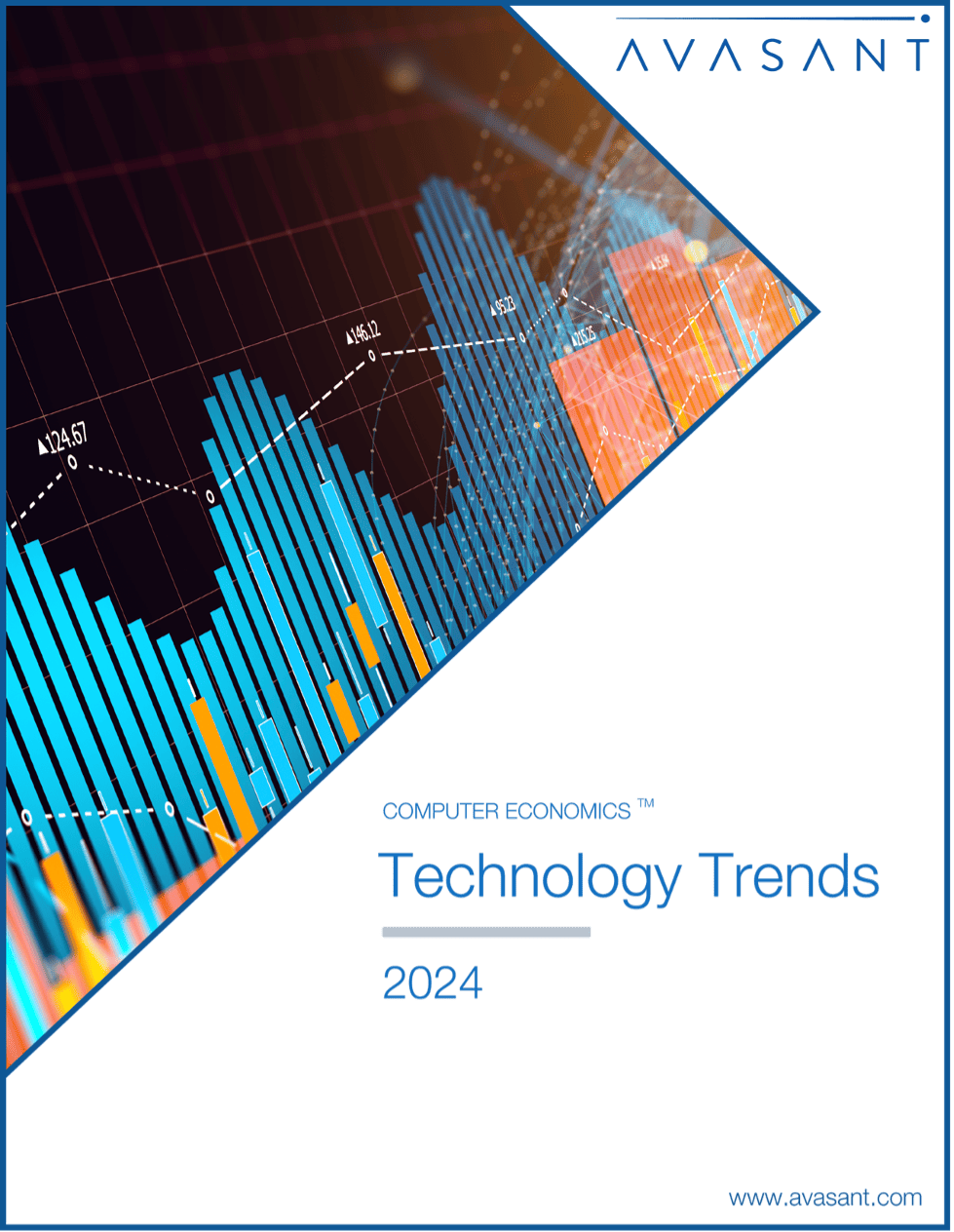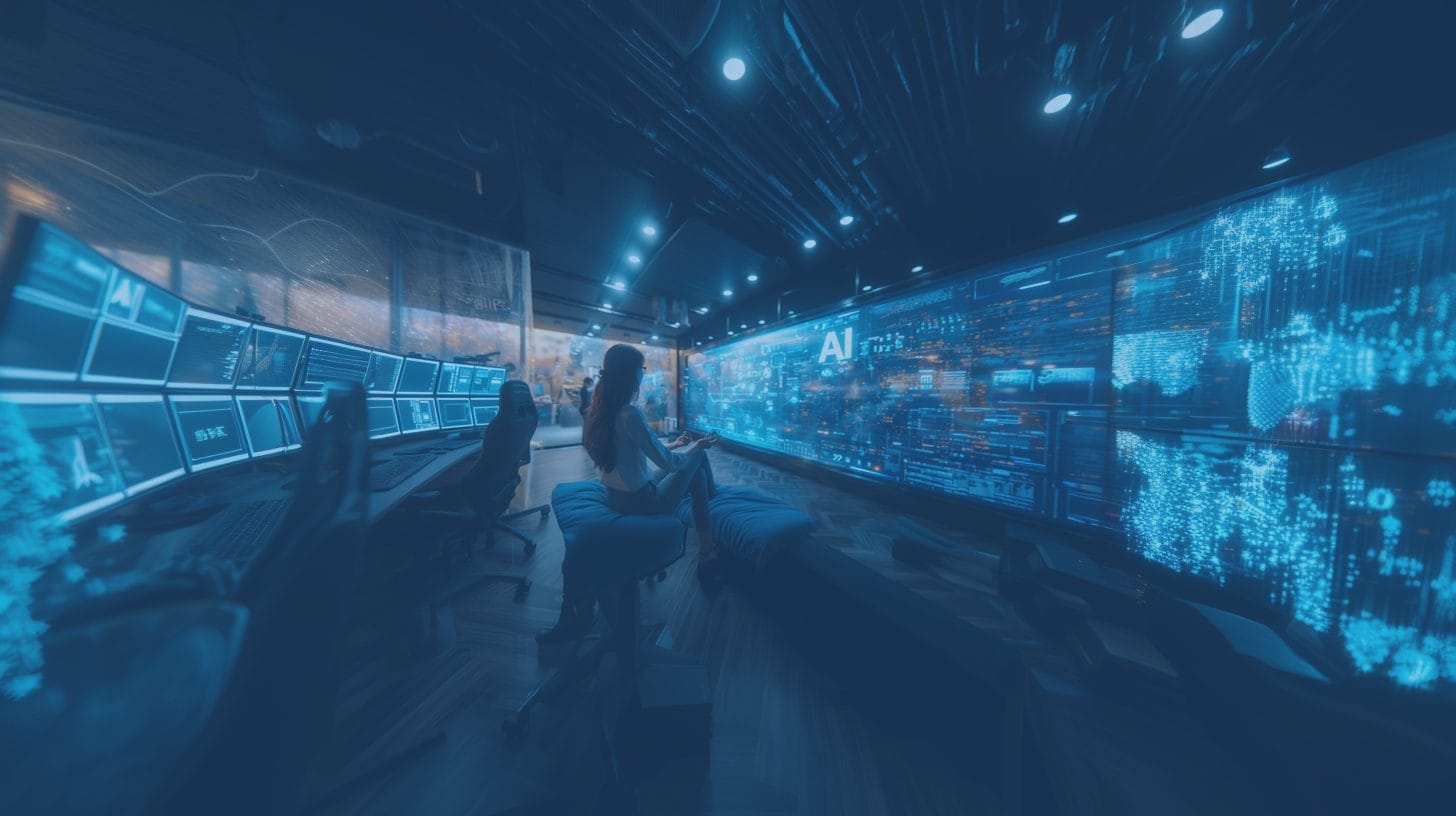Worldwide Technology Trends 2024–Adoption/Investment Statistics and Economic Experiences for 15 Popular and 16 Emerging Technologies
New technologies come in and out of fashion as vendors push the next big application, solution, capability, or strategy. Only with time can IT executives know for certain which will have staying power and which will fall short of the initial hype.
The study examines adoption trends, current investment activity, and customer experience of 15 selected technologies, including eight that fall broadly into the category of business systems and seven that we categorize as infrastructure technologies.
Our current survey covers the following enterprise systems: ERP, CRM, e-commerce, supply chain management, human resources/human capital management, business and data analytics, artificial intelligence, and virtual and augmented reality.
We also analyze the following infrastructure technologies: infrastructure as a service (IaaS), digital workplace technologies, low-code/no-code, the Internet of Things (IoT), robotic process automation (RPA), IT security technology, and advanced networking.
Finally, we look at 16 emerging technologies to determine mindshare and early momentum in adoption.
Download or Purchase Now
Clients: Download Technology Trends 2024
Not a client? Buy Technology Trends 2024
Want to see more, first? Download the introduction and sample pages of this report, free.

REPORT DESCRIPTION
This study examines adoption trends and economic characteristics of the selected technologies listed in the table of contents at the bottom of this page.
First, the data gathered for each initiative is summarized at the beginning of the study in three ways:
-
- The Technology Maturity Analysis, which compares the technologies against each other in terms of their adoption rates and current investment rates.
- The Economic Experience Analysis, which compares the technologies against each other in terms of their economic characteristics: specifically, the ROI success rate (defined as ROI positive or breakeven within two years) and the TCO success rate (defined as TCO the same or less than budgetary expectations).
- The Customer Satisfaction Ratings, which compares the technologies against each other in terms of overall customer satisfaction.
Next, the following charts are presented for each of the technologies covered:
-
- Adoption and Customer Experience Profile: This subsection establishes the context for understanding the metrics. The profile chart shows how each technology initiative compares with other initiatives in the study in adoption rate, investment rate, ROI success rate, TCO success rate, and customer satisfaction rating.
- Adoption and Investment Trends: The first chart in this subsection shows the percentage of organizations at each of five adoption stages: (1) No activity, (2) considering, (3) implementing, (4) in place, with no further investment planned, and (5) in place, and increasing investment. The second chart shows adoption and investment rates by organization size (small, midsize, and large).
- Customer Experience with ROI and TCO: Here we show the percentage of adopters that have an ROI that is positive, breakeven, or negative over a two-year period, as well as the percentage of adopters who find TCO is greater than, the same as, or less than the amount budgeted.
- Satisfaction with Customer Experience: This figure shows the percentage of adopters satisfied or dissatisfied with the technology, on a five-point scale.
- Types of Solutions under Consideration: Most technologies have a variety of subcategories. This section analyzes the specific sub-categories in which respondents are planning or considering new investments. See the Table of Contents below for details.
TABLE OF CONTENTS
A. Overview
-
- Technology Maturity Analysis
- Economics Experience Analysis
- Customer Satisfaction Ratings
B. Enterprise Systems Technologies
1. ENTERPRISE RESOURCE PLANNING (ERP)
ERP functionality surveyed includes accounting/finance, purchasing, customer orders/fulfillment, customer service/support, human resources, operations management, resource planning, inventory/warehouse management, and facilities/equipment maintenance.
2. CUSTOMER RELATIONSHIP MANAGEMENT (CRM)
CRM functionality surveyed includes sales-force automation, marketing, customer service, customer self-service, customer analytics, e-commerce, social media monitoring/engagement, partner management, contact/call center, and estimating/quotation/configuration.
3. E-COMMERCE
E-commerce functionality surveyed includes web storefront, digital fulfillment, punchout, customer portal, supplier portal, back-end integration, marketplace integration, data synchronization, web APIs, and electronic data interchange.
4. SUPPLY CHAIN MANAGEMENT (SCM)
Types of SCM solutions surveyed include demand forecasting/demand management, sales and operations planning, advanced planning/inventory optimization, warehouse management, transportation management, automated data collection, supplier relationship management, supply chain visibility, fleet management, and network optimization.
5. HUMAN RESOURCES/HUMAN CAPITAL MANAGEMENT (HR/HCM)
Types of HCM solutions surveyed include organizational reporting structure, payroll, benefits administration, compliance, workforce management, workforce planning, recruiting/applicant tracking, learning management, career development/succession planning, and workforce analytics.
6. BUSINESS AND DATA ANALYTICS
Types of business and data analytics capabilities surveyed include data warehouse/data marts, ad-hoc queries, predictive analytics, ETL, dashboards, big data storage, unstructured data analytics, in-memory analytics, and machine learning.
7. ARTIFICIAL INTELLIGENCE
Artificial intelligence (AI) functionality surveyed includes rule-based reasoning, machine learning, speech recognition, natural language processing, and facial/object recognition.
8. VIRTUAL AND AUGMENTED REALITY
Virtual reality (VR) is a computer-generated simulation usually using a headset designed to immerse the user into the simulation. Augmented reality is similar to VR, except instead of closing off the user entirely in the simulation, the device overlays the simulation onto the real world.
C. IT Infrastructure Technologies
1. INFRASTRUCTURE AS A SERVICE (IAAS)
IaaS capabilities surveyed include virtual servers, bare metal, containers, multiple availability zones, and platform as a service. Uses of IaaS surveyed include system development/testing, production systems, disaster recovery, spikes in demand, big data, and archiving of inactive data.
2. DIGITAL WORKPLACE TECHNOLOGIES
Digital workplace technologies surveyed include email, instant messaging, shared calendars, video conferencing, enterprise social networking, skills database, document collaboration, knowledge sharing, content management, workflow management, virtual desktops, and unified communications.
3. LOW-CODE/NO-CODE
Low-code and no-code environments use graphical interfaces to create user applications, with fewer experienced coders involved or even none at all.
4. INTERNET OF THINGS (IOT)
Internet of things functionality surveyed includes manufacturing/warehouse, asset management, smart products, environmental monitoring, energy management, service/field service, transportation/logistics, aerospace/defense, healthcare, and agriculture.
5. ROBOTIC PROCESS AUTOMATION (RPA)
Robotic process automation functionality surveyed includes accounting/finance, operations, IT support, human resources, customer service, procurement, and sales.
6. IT SECURITY TECHNOLOGIES
IT security technologies surveyed include incident detection, firewalls, identity and access management, anti-malware, mobile device management, spam filtering, vulnerability scanners, and virtual private network (VPN).
7. ADVANCED NETWORKING
The advanced networking solutions surveyed include Wi-Fi 6, Wi-Fi 7, 5G private networks, 6G networks, SD-WAN, mesh networks, and LiFi networks.
D. Emerging Technologies
This year, for the seventh time, we decided to look not just at technologies in major use today but also ask our respondents about technologies that are a little more on the horizon or in the early adopter stage. We wanted to find out which of these newer technologies are really catching the eye of decision-makers and which are either too far out in terms of practical application or are simply in the news because of vendor or media hype.
We listed 16 technologies: Blockchain, digital currencies, non-fungible tokens (NFTs), drones, autonomous vehicles, quantum computing, exascale computing, 3-D printing, self-healing systems, holograms, digital twins, biometric identification, ultra-high density data storage, metaverse, web3, and human-computer integration
CONTACT US

Akshay Khanna
PARTNER, AVASANT

Frank Scavo
PARTNER AND PRESIDENT, AVASANT RESEARCH
Invite us to a RFP





